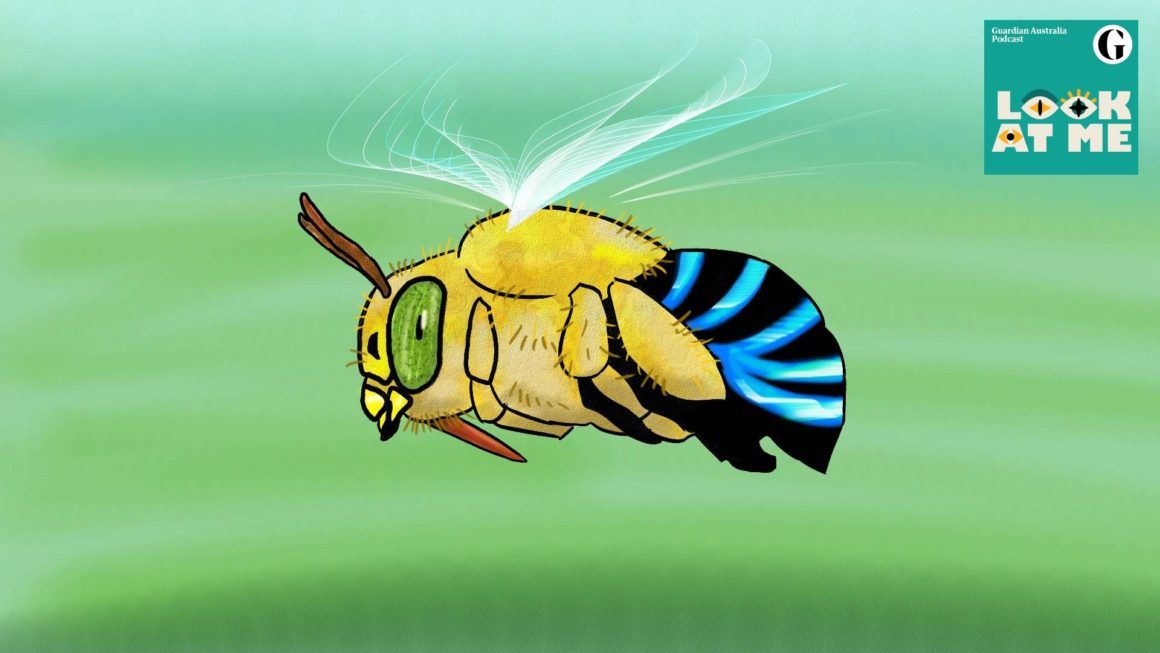Despite the introduced honeybee getting all the attention, Australia is home to at least 1700 species of native bees. These don’t always resemble their European counterpart, many being solitary and stingless. The Blue-banded Bee is just one of these species, characterised by (you guessed it) its bright blue stripes.
While the Blue-banded Bee does have a sting, it is not generally aggressive, so you are unlikely to come off worse for wear by going in for a closer look at its stunning iridescent colouring.
By far the largest family of Australian bees is the Colletidae family, which constitutes over half of all native bee species. It’s thought that because Colletidae bees generally pollinate flowers of the Myrtaceae family (think eucalypts, bottlebrushes and tea trees), the wide variety of these plants in Australia has allowed the amazing diversification within this family of bees.
Colletidae bees are known for having short tongues, allowing them to effectively forage on the shallow flowers of the Myrtaceae family. Often a bee species will be so specialised, it will only be able to feed on and pollinate one type of flower.
Australia is unique in being dominated by the short-tongue bee families although there are species with long tongues, one of these being the Blue-banded Bee – the star of last week’s Look at me podcast.

Blue-banded Bees have long flexible tongues that they can withdraw into a straw-like sheath for protection. This allows the bee to forage on deeper flowers, enabling access to nectar and pollen that is out of reach for other bee species. It also means the bee can harvest larger amounts of pollen from each flower.
So why don’t all bees have longer tongues?
Well, as always with these sorts of adaptations, there is a trade-off. That is to say, as a native bee in Australia it is not wholly better to have a short tongue or a long tongue; there are benefits (and costs) to both.
Long tongues, although they reach deep into larger flowers, aren’t as helpful with shallow flowers. It’s quite tricky to gather pollen from shallow flowers when you’re trying to manoeuvre a long, awkward tongue.

The short-tongued bees, on the other hand, don’t expend much energy gathering nectar from shallow flowers, and make up for the smaller harvest at each flower by visiting multiple without too much trouble.
So, depending on what type of flowers are around in the bee’s environment, one kind of tongue will be advantageous over the other.
Last week’s episode of Look at me, our new six-part podcast series, features legendary Melbourne singer-songwriter Jen Cloher, talking about her relationship with this unusual bee. Look at me is a Guardian Australia podcast hosted by Benjamin Law and produced by Remember The Wild in partnership with the Australian Conservation Foundation.
Tune in here or subscribe via your podcast provider to hear more about Australia’s lesser known amazing animals.
Banner image courtesy of Chris McCormack


Leave a Reply